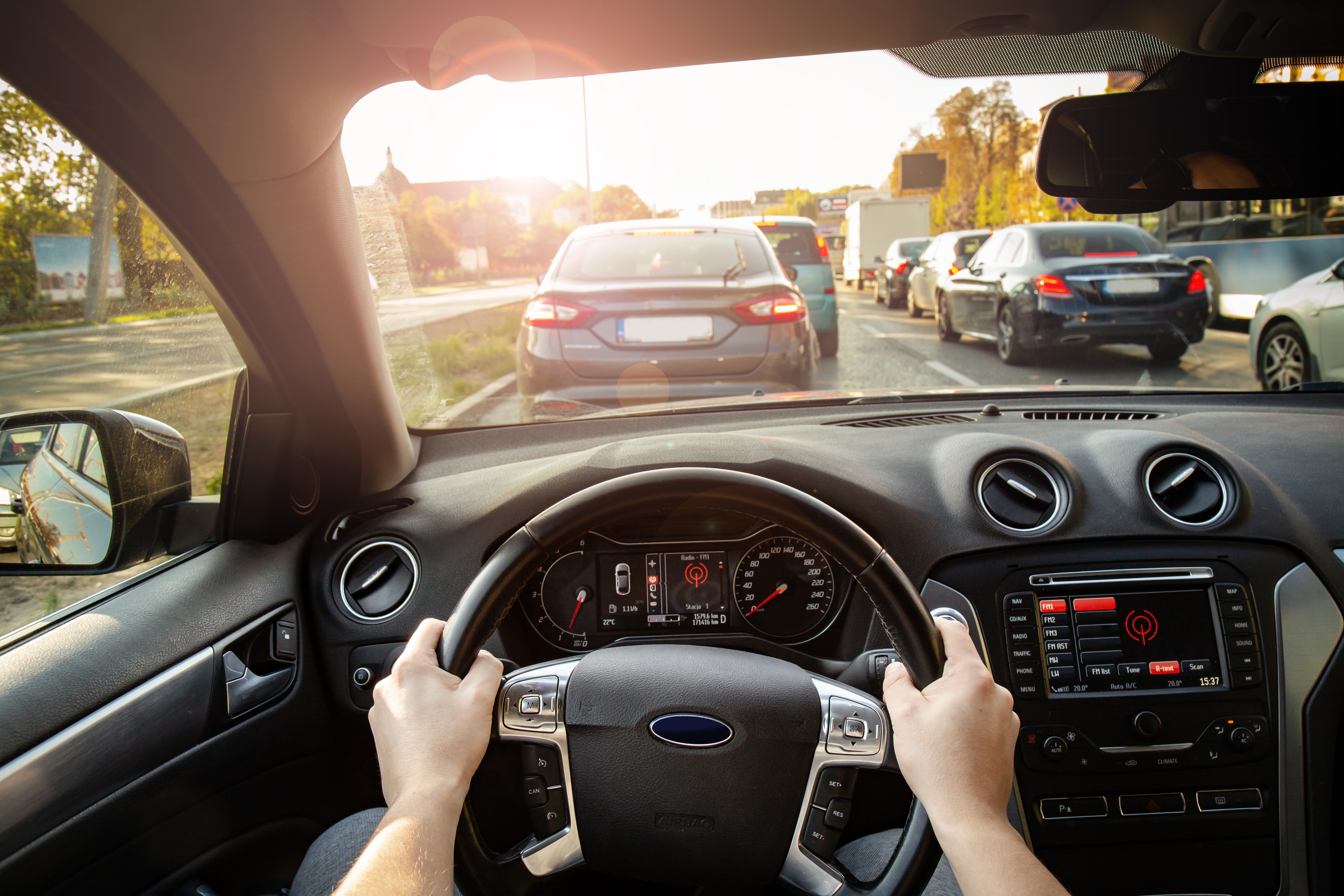Air Quality in Passenger Cabins

We spend up to 90% of our time indoors. This includes passenger cabins of vehicles like cars and aircrafts. Often space is limited which can impact air quality negatively.

In trains, however, this is not so simple; here, air quality must be controlled primarily via the air conditioning system. If this control system does not function reliably, the CO₂ levels in the cabins can quickly rise to well over 1000 ppm or a multiple thereof. The value of 1000 ppm CO₂ indicates that about 1.5% of the air we breathe in has previously been in the lungs of another person. With higher CO₂ values, this proportion increases exponentially. Precise measurement technology is needed to check levels reliably. Non-dispersive infrared spectroscopy (NDIR) has proven to be very well established for CO₂ measurements. The infrared sources from Axetris have a particularly high emissivity at the wavelength of 4.26 µm relevant for CO₂, which makes them perfectly suited for this application.

Even in the vehicle itself, the levels of nitrogen oxides, for example, can be dangerously high. Especially in city traffic, vehicles are often standing close together. As a result, the exhaust gases from the vehicle in front enter directly into the vehicle's own ventilation system and thus into the vehicle interior. Tests conducted in Germany show pollution inside the vehicle up to twice the levels outside. The toxic gases also come from the car itself. For example, up to 50 different volatile organic compounds (VOCs) have been detected in new cars, some of which were found in concentrations that were harmful to health. Reliable measurement technology for monitoring air quality in vehicle interiors is therefore essential.